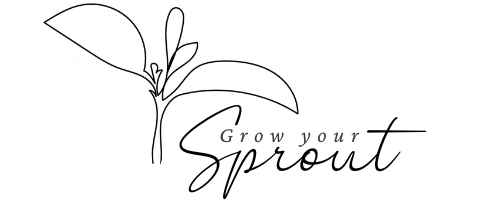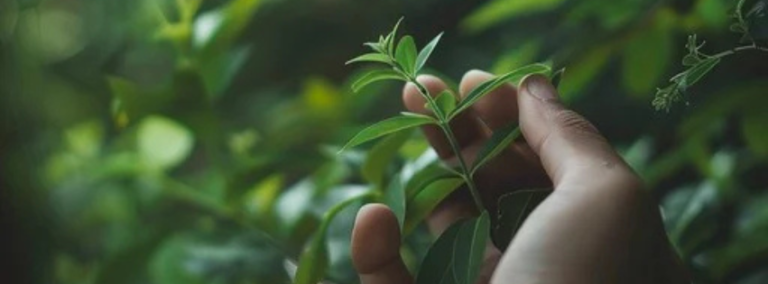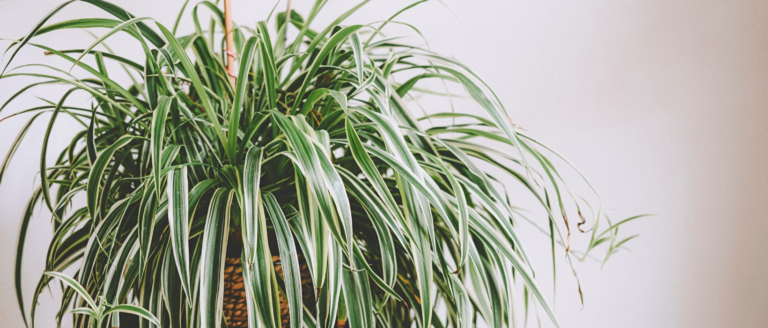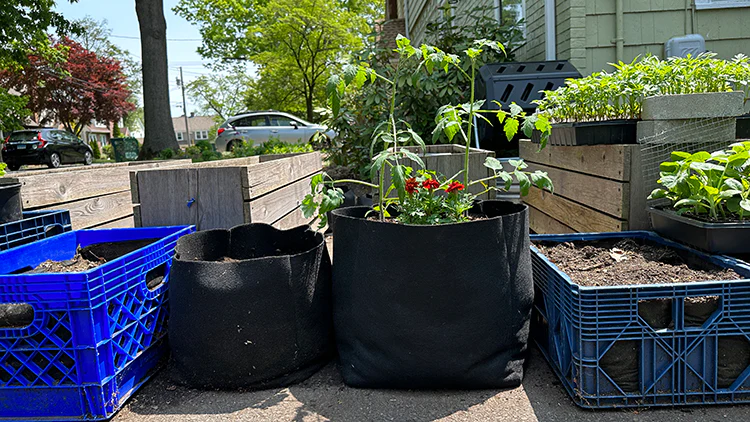Unleashing plant power: The magic of mindful seed placement
Unlocking the potential of plant growth through thoughtful seed placement
In the quest for bountiful harvests and thriving gardens, the age-old practice of scattering seeds together may not always be the most effective route. A growing trend in agriculture and gardening revolves around the careful separation and placement of individual seeds in well-spaced zones. This practice, while seemingly counterintuitive to nature’s way of clumping seeds, holds a wealth of benefits that are deeply rooted in science and ecology. In this article, we explore the intricacies of strategic seed planting and the advantages it brings in promoting healthier plant growth and fostering diverse ecosystems. Join us on a journey to understand the significance of optimal seed placement and its profound impact on sustainable cultivation practices.
Optimal Seed Planting: The Benefits of Strategic Separation and Diversity
When it comes to planting seeds, the age-old practice of scattering them together in clumps, as commonly observed in natural ecosystems, might not be the most efficient approach. Instead, the method of carefully separating and placing individual seeds in distant zones has gained traction for its numerous advantages. This strategy not only facilitates optimal growth for each plant but also encourages the establishment of a diverse and harmonious ecosystem. In this article, we delve into the rationale behind this practice and explore the benefits it brings.
Resource Competition and Strategic Planting
In nature, plants compete for essential resources such as nutrients, sunlight, water, and space. When seeds are planted close together in clusters, they inevitably engage in a fierce contest for these limited resources as they grow into mature plants. This often leads to stunted growth, weak plants, and an overall reduction in the yield and quality of crops. By placing a single seed in a well-spaced, designated area, we grant it ample room to access vital resources, promoting healthier growth and ultimately maximizing its potential.
Diversity and Cooperative Growth
While spacing seeds for minimal resource competition is crucial, promoting plant diversity is equally important for the overall health of an ecosystem. When different species and types of plants are grown together, they can engage in a fascinating process of mutual support. Certain plants have specific nutrient requirements that differ from those of their neighbors. By diversifying the plant population, species can create a sort of complementary relationship where one type of plant enriches the soil with nutrients that are beneficial to another. This symbiotic interaction reduces the need for excessive fertilizers and pesticides, promoting a more sustainable and environmentally friendly agricultural practice.
A Harmonious Approach
The practice of separating and spacing seeds strategically embodies a harmonious approach to agriculture and gardening. It allows each plant to flourish without unnecessary competition, resulting in healthier and more robust growth. Furthermore, the cultivation of diverse plant species fosters a balanced and resilient ecosystem that can better withstand environmental changes and disturbances.
In conclusion, the act of planting seeds individually in well-spaced areas, rather than clustering them together, is a strategic and thoughtful approach to nurturing plants. It minimizes resource competition, enhances individual growth, and promotes the establishment of a diverse and cooperative ecosystem. By adopting this approach, we can foster a healthier environment and work towards sustainable agricultural practices that benefit both our communities and the planet. So, next time you plant seeds, remember the wisdom of spacing and diversity for a bountiful and harmonious harvest.




Leave a comment